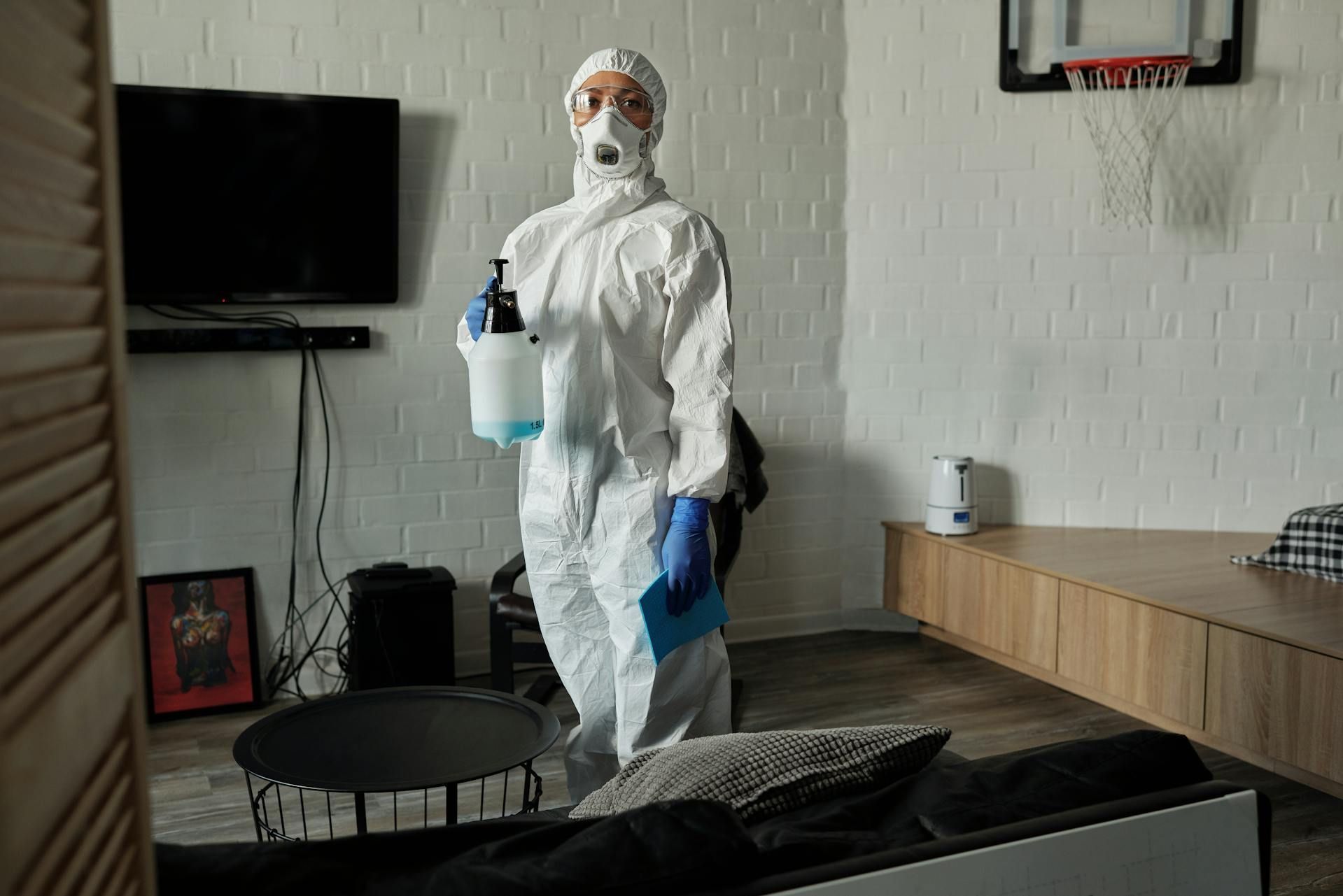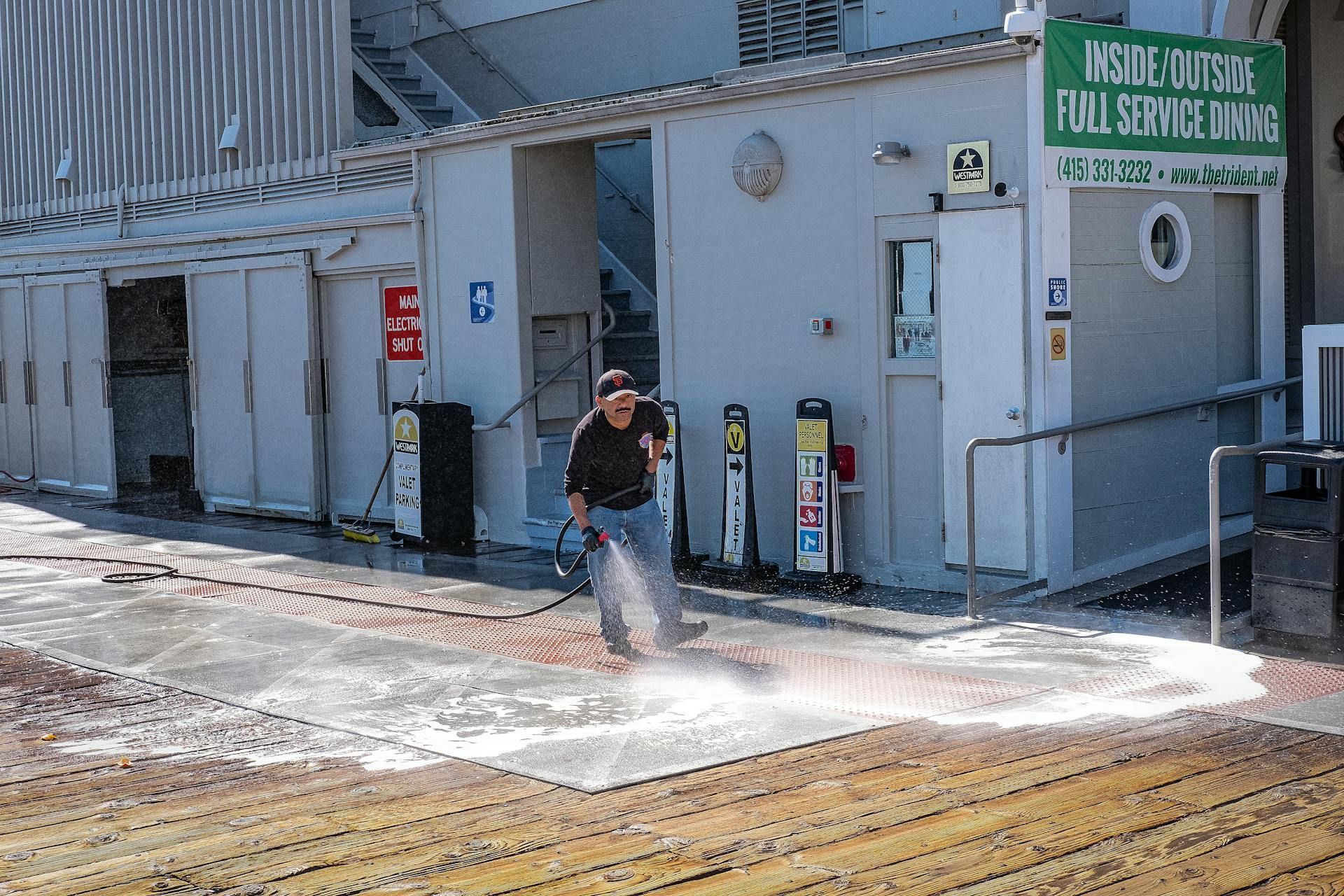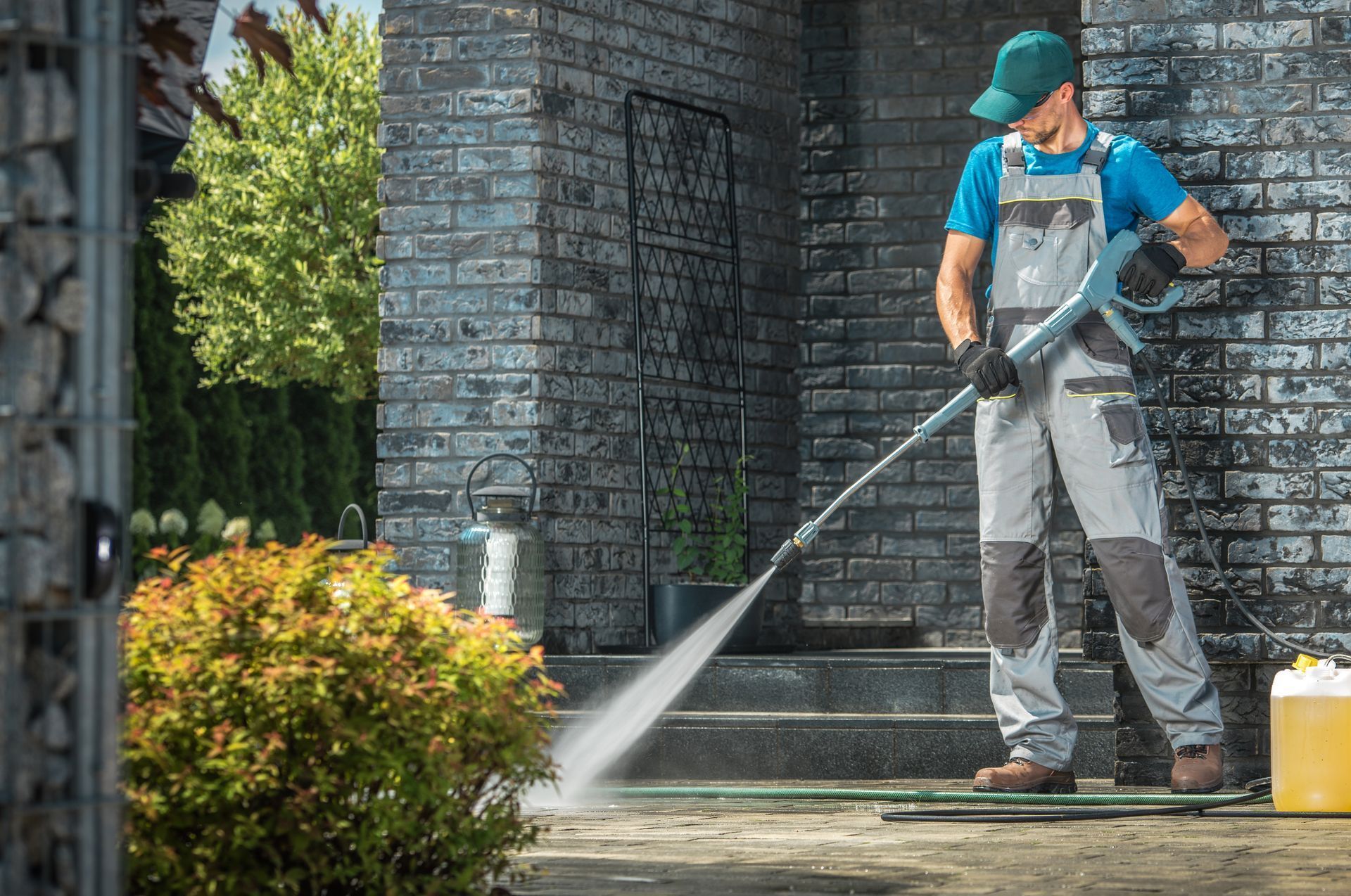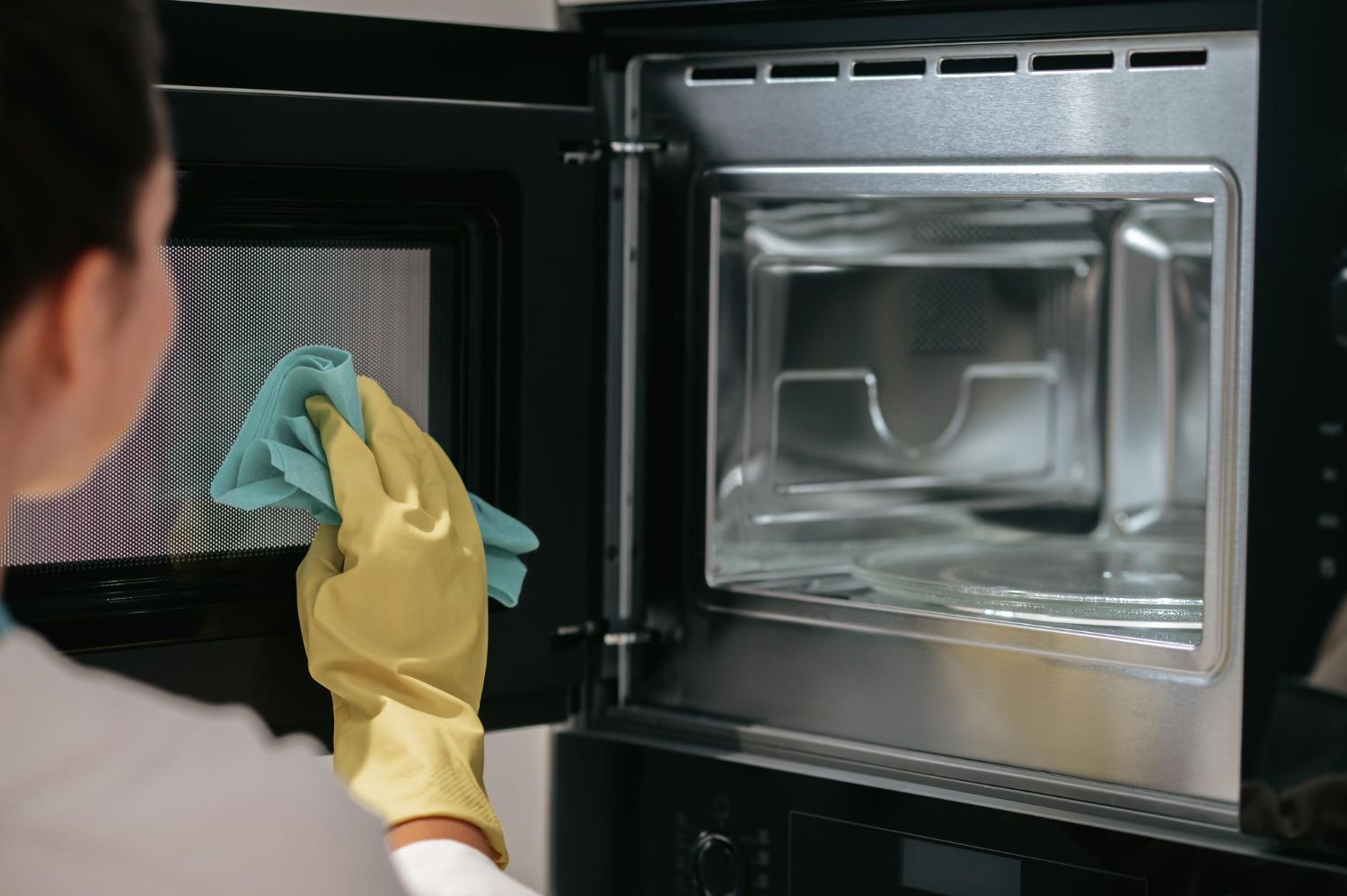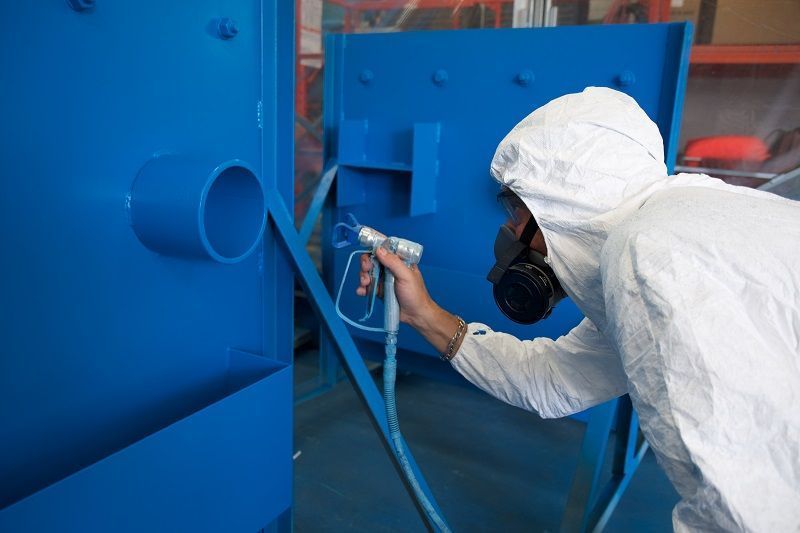Guide to Antimicrobial Coatings
Have you ever wondered how antimicrobial coatings work? In this guide, we will delve into the world of antimicrobial coatings and explore their benefits and applications. As our society becomes increasingly concerned about hygiene and the spread of germs, these coatings have gained significant attention. So, let's dive in and understand the world of antimicrobial coatings.
What is an Antimicrobial Coating?
In simple terms, it is a type of surface treatment that inhibits or kills the growth of microorganisms. These coatings are typically applied to a variety of surfaces, including walls, floors, countertops, and even medical devices. By incorporating antimicrobial agents into the coating, the growth and survival of bacteria, fungi, and other microorganisms are effectively prevented.
Antimicrobial coatings work in different ways, but the most common method is through the use of biocides. Biocides are chemical agents that actively eliminate or inhibit the growth of microorganisms. When applied as a coating, biocides release these agents slowly over time, providing long-lasting protection against bacteria and other harmful pathogens.
What is the Need of Antimicrobial Coatings?
The need for antimicrobial coatings has become more urgent than ever before, primarily due to the rise of antibiotic-resistant bacteria. Antibiotics, which have been used for decades to treat bacterial infections effectively, are losing their effectiveness as bacteria evolve and develop resistance. This alarming trend has led to an increase in severe and often fatal infections that are difficult to treat.
In healthcare settings, antimicrobial coatings have proven to be particularly effective in reducing the spread of infections. Hospital-acquired infections (HAIs) are a significant concern for both patients and healthcare providers. These infections not only lead to prolonged hospital stays and increased healthcare costs but also pose additional health risks for patients who are already dealing with underlying medical conditions.
How Are Antimicrobial Surfaces Made?
Silver Embedded Surfaces
One of the most common methods to create antimicrobial surfaces involves embedding silver nanoparticles or ions within the material. Silver has long been recognized for its antibacterial properties, dating back to ancient civilizations. Nowadays, nanotechnology has enabled manufacturers to harness the potent antimicrobial power of silver in a variety of applications.
During production, antimicrobial silver particles are dispersed or chemically bonded onto the surface of a material, such as plastic, fabric, or metal. This integration creates a protective layer, inhibiting microbial growth by disrupting the cell membranes and DNA of germs that make contact with the surface.
Copper and Copper Alloy Surfaces
Similar to silver, copper and copper alloy surfaces have also gained popularity in the antimicrobial realm. Copper has been used for centuries as a natural antimicrobial material due to its ability to destroy a wide range of pathogens. Its unique properties, including the release of copper ions upon contact, contribute to its effectiveness against microorganisms.
Manufacturers employ various techniques to incorporate copper into surfaces. Copper coatings can be applied using electroplating or physical vapor deposition methods, ensuring even distribution. Alternatively, copper alloys, such as brass or bronze, can be utilized, combining the benefits of copper with additional desirable material characteristics.
Photocatalytic Surfaces
Advancements in nanotechnology have also introduced photocatalytic surfaces as a viable option for antimicrobial applications. These surfaces utilize titanium dioxide (TiO2) or other similar photocatalysts that exhibit remarkable antibacterial properties. Upon exposure to UV light, photocatalysts produce reactive oxygen species capable of damaging bacterial cell membranes and effectively eliminating them.
How Are Antimicrobial Coatings Tested?
Types of Testing
- Quantitative Suspension Tests: These tests assess the ability of the antimicrobial agent to kill bacteria, viruses, or fungi by exposing the microorganisms to the coating solution in a controlled environment. The reduction in microbial growth is then measured, allowing researchers to determine the coating's antimicrobial effectiveness.
- Qualitative Carrier Tests: These tests involve applying the antimicrobial coating on various materials, such as fabric or plastic, and inoculating the surface with microorganisms. After a specified period, the surface is analyzed to detect any microbial growth. This test provides insights into the ability of the coating to prevent the colonization and growth of microorganisms on different surfaces.
- Surface Tests: These tests involve swabbing surfaces treated with antimicrobial coatings and comparing the microbial growth on coated surfaces to control surfaces without the coating. Surface tests are vital in evaluating the long-term effectiveness of the coating, as they simulate real-life scenarios where surfaces are exposed to continuous microbial contamination.
Standardization
To ensure consistency and reliability across testing results, several organizations, such as the International Organization for Standardization (ISO), have developed standardized protocols for antimicrobial coatings testing. ISO 22196 and ASTM E2180 are two widely recognized standards that provide guidelines for evaluating the antimicrobial efficacy of surfaces and coatings.
Analytical Techniques
Various analytical techniques are employed to measure the antimicrobial activity of these coatings. These techniques include spectrophotometry, which uses light absorption measurements to evaluate cell viability, and ATP (adenosine triphosphate) bioluminescence assays, which assess microbial growth based on the detection of ATP released by viable cells.
Realistic Application Testing
Aside from laboratory-based tests, antimicrobial coatings are also subjected to real-life application testing. This involves applying coatings to frequently touched objects, such as door handles or light switches, in high-traffic environments. These field tests aim to evaluate the coating's durability, antimicrobial efficacy, and long-term performance under real-world conditions.
What Are the Benefits of Antimicrobial Coatings?
1. Enhanced Hygiene: The most obvious benefit of antimicrobial coatings is their ability to inhibit the growth of bacteria and other harmful microorganisms. When applied to high-touch surfaces such as door handles, light switches, countertops, or even medical equipment, these coatings can significantly reduce the risk of cross-contamination and the spread of diseases. With antimicrobial coatings, homes, offices, and public spaces can become hygienic environments where harmful pathogens are less likely to survive and thrive.
2. Long-lasting Protection: Unlike disinfectants or sanitizers that need to be reapplied regularly to maintain their effectiveness, antimicrobial coatings provide long-lasting protection. Once applied, these coatings remain active for an extended period, continuously killing and preventing the growth of microorganisms. This makes them ideal for areas that require continuous protection, such as hospitals, schools, gyms, or public transportation.
3. Reduced Healthcare-Associated Infections (HAIs): Healthcare-associated infections are a significant concern within medical settings. Antimicrobial coatings can help reduce the risk of HAIs by creating a hostile environment for bacteria and viruses. By incorporating these coatings on surfaces like medical instruments, bed rails, or healthcare furniture, the chances of spreading infections can be significantly decreased. This not only benefits patients but also healthcare professionals who are constantly in contact with potentially contaminated surfaces.
4. Cost Savings:
While the initial investment in antimicrobial coatings may be higher than traditional alternatives, they can offer significant long-term cost savings. Regular cleaning and disinfection can be time-consuming and expensive. Antimicrobial coatings, on the other hand, require less maintenance and can reduce the frequency of deep cleanings or the use of harsh chemicals. This can lead to lower cleaning costs and increased efficiency in various industries.
5. Versatile Applications:
Antimicrobial coatings can be applied to a wide range of surfaces, both porous and non-porous. From fabrics and plastics to metals and ceramics, these coatings can be tailored to suit specific materials, ensuring maximum effectiveness. This versatility allows for the use of antimicrobial coatings in numerous industries, such as healthcare, food processing, hospitality, and even consumer products like clothing and household items.
Conclusion
Antimicrobial coatings have revolutionized the concept of surface hygiene, providing a proactive and long-lasting solution to combat microbial growth. With benefits ranging from reducing the risk of infections in healthcare settings to enhancing everyday cleanliness in households, these coatings have expanded their reach across various sectors. By incorporating antimicrobial coatings into our lives, we can help create safer and healthier environments for ourselves and those around us.
Service Areas
Contact us and find out if we have a team in your area!
Address: Fort Wayne, IN 46825, United States of America Phone: (260) 615-0229
Dean Baughman Industrial Maintenance Services


